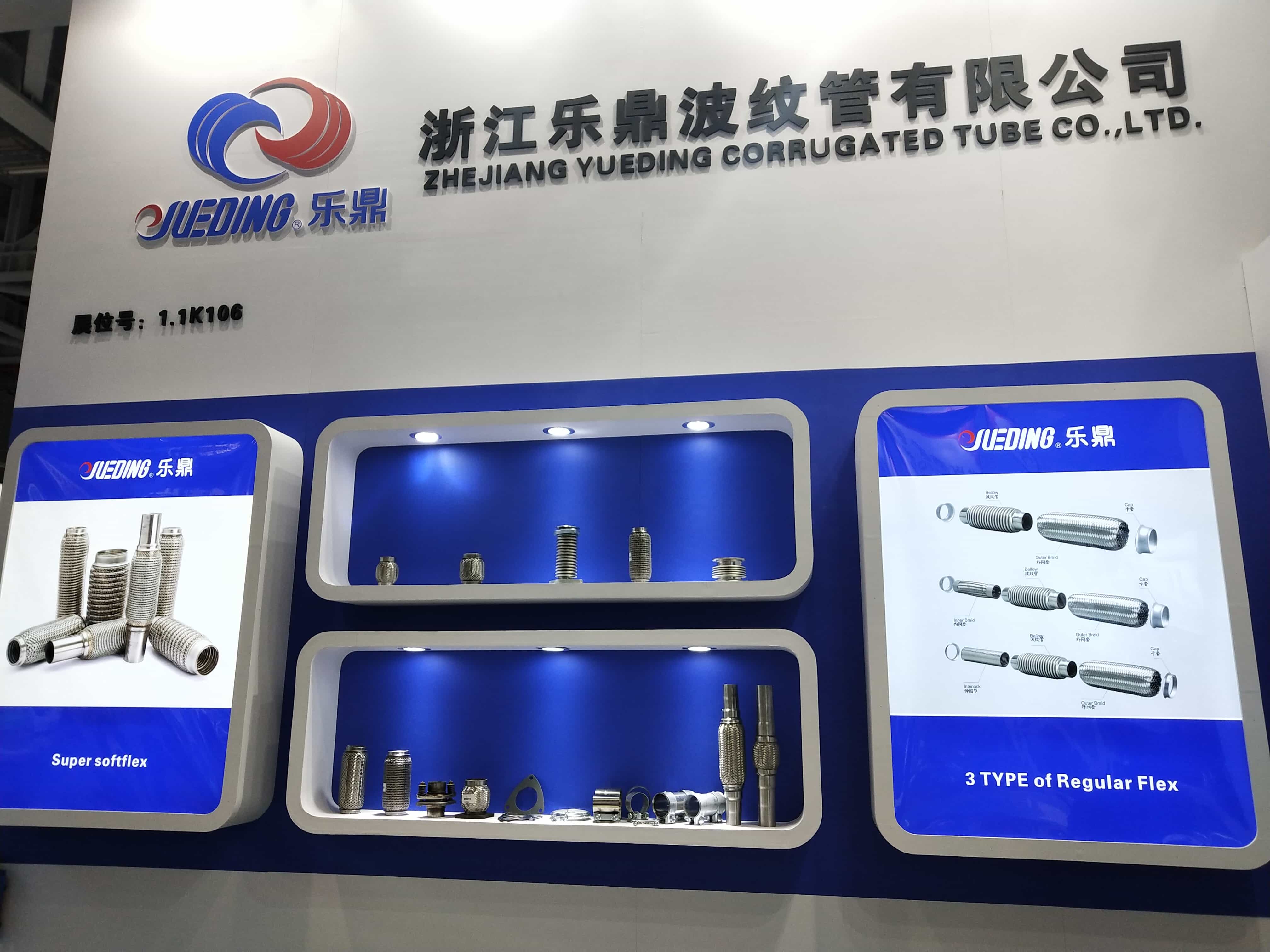
NEWS
-
![YDCT at Automechanika Shanghai 2025 YDCT at Automechanika Shanghai 2025]() Every year, YDCT invests time, energy, and resources to attend international trade shows like Automechanika Shanghai. We do this because nothing replaces the value of talking directly with our customers. Meeting face-to-face allows us to better understand your needs, hear your feedback, and see the trends shaping the market. This insight helps us improve our services, refine our customization capabilities, and make sure we can provide exactly what your project requires.YDCT News
Every year, YDCT invests time, energy, and resources to attend international trade shows like Automechanika Shanghai. We do this because nothing replaces the value of talking directly with our customers. Meeting face-to-face allows us to better understand your needs, hear your feedback, and see the trends shaping the market. This insight helps us improve our services, refine our customization capabilities, and make sure we can provide exactly what your project requires.YDCT News -
![【Exhibition Noticed】IRAN IAPEX 2023 18th Auto Parts International Exhibition! 【Exhibition Noticed】IRAN IAPEX 2023 18th Auto Parts International Exhibition!]() Iran Tehran Auto Parts Exhibition (IAPEX) is the largest and most influential auto parts exhibition in Iran; It is the fastest growing and most influential professional auto parts exhibition in Iran. Founded in 2005, it is organized by the Iranian Auto Parts Manufacturers Association (IAPMA). IAPEXYDCT News
Iran Tehran Auto Parts Exhibition (IAPEX) is the largest and most influential auto parts exhibition in Iran; It is the fastest growing and most influential professional auto parts exhibition in Iran. Founded in 2005, it is organized by the Iranian Auto Parts Manufacturers Association (IAPMA). IAPEXYDCT News -
![[Exhibition Noticed] USA AAPEX 2023 Automotive Aftermarket Products Expo! [Exhibition Noticed] USA AAPEX 2023 Automotive Aftermarket Products Expo!]() We are proud to announce that we will be participating in the Automotive Aftermarket Products Expo 2023, a high-profile industry event. We sincerely invite customers and friends to visit our booth to explore the infinite business opportunities in the field of automotive parts.First of all, we wouldYDCT News
We are proud to announce that we will be participating in the Automotive Aftermarket Products Expo 2023, a high-profile industry event. We sincerely invite customers and friends to visit our booth to explore the infinite business opportunities in the field of automotive parts.First of all, we wouldYDCT News -
![A letter to all our customers A letter to all our customers]() Dear Valued Customers, Thank you for taking the time to read this message. It is our desire to establish a relationship with you throughout our transactions. We do not want to be strangers. Instead, we want to build a rapport and make sure we are able to help you in all regards. Browse through our cYDCT News
Dear Valued Customers, Thank you for taking the time to read this message. It is our desire to establish a relationship with you throughout our transactions. We do not want to be strangers. Instead, we want to build a rapport and make sure we are able to help you in all regards. Browse through our cYDCT News -
![How we handle the complain How we handle the complain]() Our factory is stable, and provides a wide array of quality products. No matter how much we focus on customer service, we are not without complaints on occasion. We want to be as responsible to our customers as possible, and this is to maintain integrity as a company. If there are any complaints, weYDCT News
Our factory is stable, and provides a wide array of quality products. No matter how much we focus on customer service, we are not without complaints on occasion. We want to be as responsible to our customers as possible, and this is to maintain integrity as a company. If there are any complaints, weYDCT News







![[YDCT Exhibition Noticed] 24th Iran International Electricity Exhibition [YDCT Exhibition Noticed] 24th Iran International Electricity Exhibition](http://ikrorwxhqklplr5p-static.micyjz.com/cloud/lqBplKrmllSRokopirnqiq/yilangyaoqinghan2.jpg)

![[Exhibition Noticed] USA AAPEX 2023 Automotive Aftermarket Products Expo! [Exhibition Noticed] USA AAPEX 2023 Automotive Aftermarket Products Expo!](http://ikrorwxhqklplr5p-static.micyjz.com/cloud/jjBplKrmllSRjkprqpliiq/yaoqinghan1.jpg)



